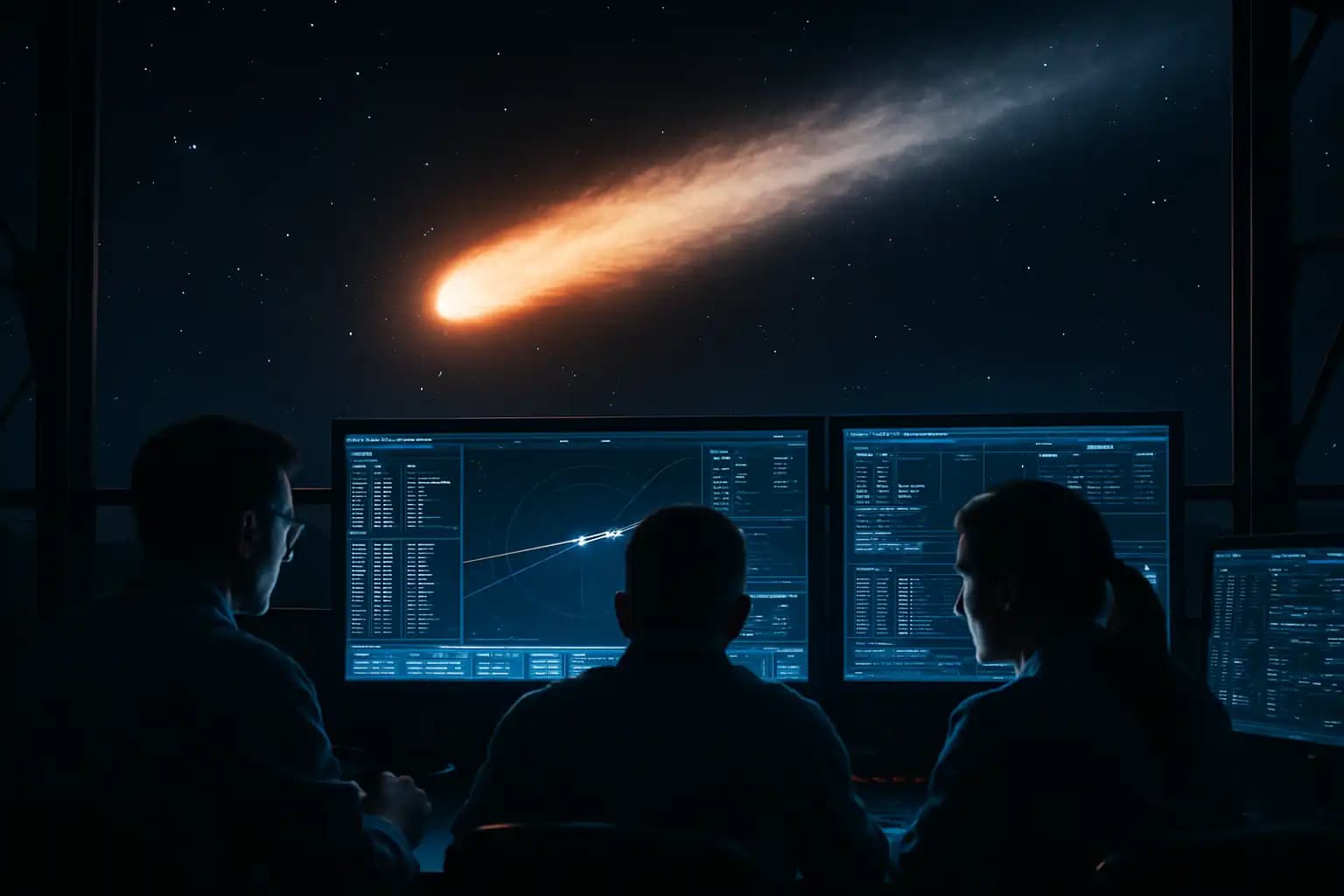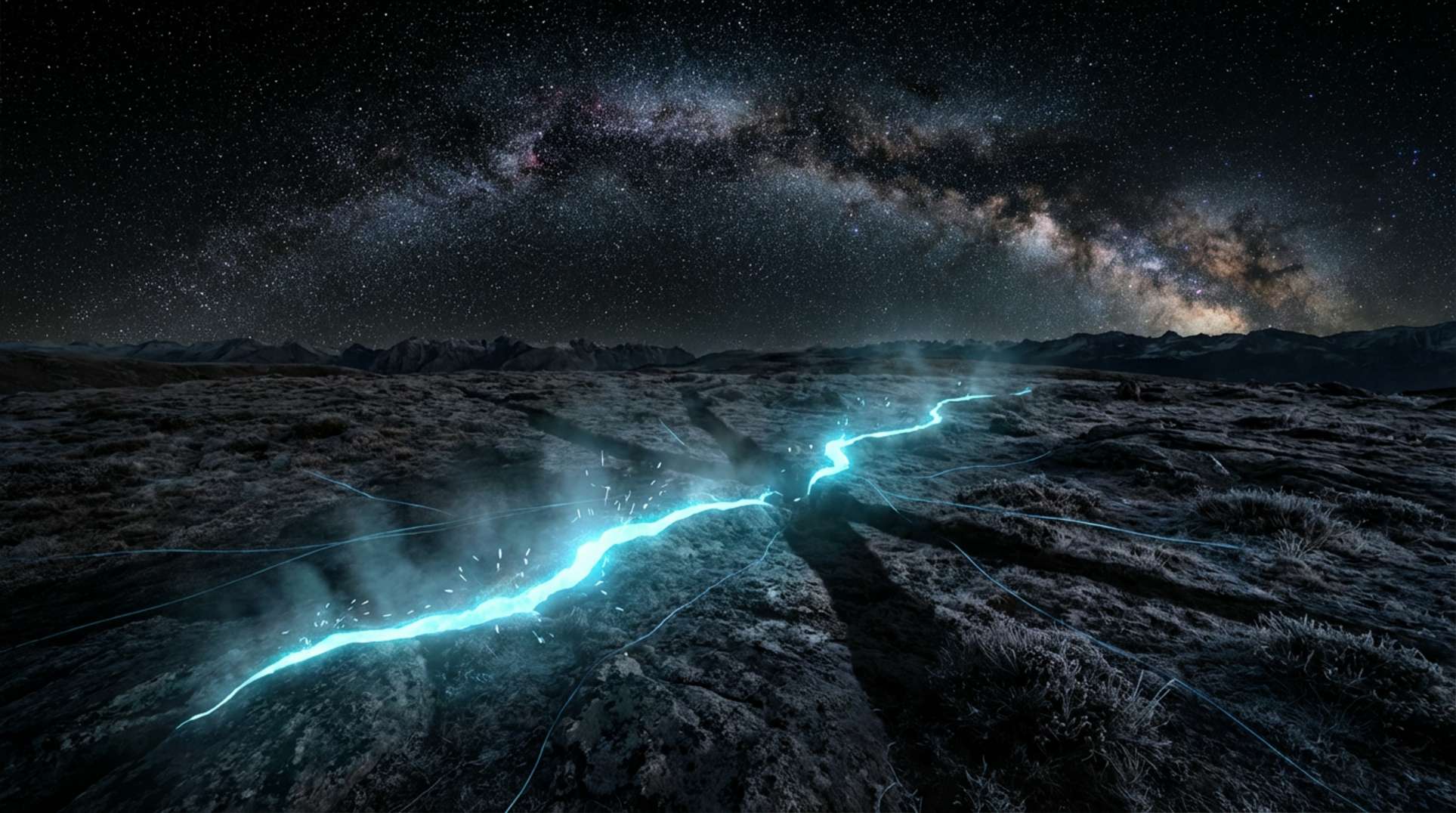Move over, Tunguska—there’s a new cosmic wildcard lighting up radar screens everywhere. The interstellar comet 3I/ATLAS has made headlines as a new visitor from beyond the solar system. It has upended the script for planetary defense. In a world increasingly alert to high-stakes surprises, see recent escalation coverage or even China’s adaptive drone tech here, 3I/ATLAS has forced the International Asteroid Warning Network (IAWN) to undertake unprecedented action: track an object from interstellar space in real time and respond to its unpredictable course corrections.
A Cosmic First: Interstellar Object Added to Global Threat Drills
When 3I/ATLAS was discovered by the Asteroid Terrestrial-impact Last Alert System (ATLAS), it appeared to be another fascinating but harmless cosmic interloper—think ʻOumuamua on steroids, not a threat to Earth. Everything changed in October 2025 when the IAWN announced a sweeping campaign to monitor the comet after early trajectory models proved unreliable. Medium reported that the object’s unpredictable path, its massive size (tens of billions of tons), and unfamiliar outgassing behavior led to its addition to the global threat tracking roster. Planetary defense agencies coordinated an observation blitz from November through January—an exercise usually reserved for asteroids on potential collision courses with Earth.
This decision marked the first time a confirmed interstellar object triggered the planetary warning infrastructure, as documented in the process of asteroid impact prediction. The event reminds us that cosmic roulette isn’t solely sci-fi, and the science of warning and response is evolving rapidly.
Trajectory Anomalies: Why 3I/ATLAS Is Confusing the Experts
Part of the intrigue is that 3I/ATLAS hasn’t adhered to expectations. Astronomers anticipated a classic hyperbolic comet trajectory—blasting past the Sun, swinging by Mars, and continuing into deep space. Instead, teams noticed subtle yet significant course shifts. As noted by Daily Mail, NASA observed odd light behavior, flagging the comet for unpredictable orbital changes. Outgassing near the Sun is a standard explanation, but for 3I/ATLAS, its mass and speed introduce concerning non-gravitational acceleration—an issue often overlooked in regular comets but critical here due to the object’s interstellar velocity.
The Minor Planet Center, supported by this field report, confirmed that even marginal shifts could challenge planetary defense systems. Experts highlight that the campaign isn’t about imminent danger, but training a global crisis response before such objects pose real threats—a theme echoed in broader risk management analysis.
Black Swan Visitor: What Makes 3I/ATLAS Different?
Why the hype? For one, 3I/ATLAS isn’t an ordinary rock. An Avi Loeb editorial details how the comet’s alignment with the ecliptic plane and lack of traditional emission patterns differentiates it from typical comets or asteroids. Multiple agencies—including ESA and NASA—joined IAWN in a months-long “Comet Astrometry Campaign,” rallying observatories worldwide for a planetary fire drill.
This is real-world “black swan” risk management, not a rehearsal—an emerging theme shared by planetary defense strategists and cold-case analysts tracking phenomena as varied as geomagnetic disaster cycles to philosophical threats from AI and simulation theory. Even veteran doomsday-watchers admit: 3I/ATLAS injects chaos into our choreographed defense routines.
What It Means: The New Normal for Planetary Defense Systems
The takeaway? The tracking of 3I/ATLAS establishes a precedent: global defense, data sharing, and rapid response drills will likely become routine, not just for asteroids, but for strange, massive visitors from other solar systems. Outgassing, unpredictable navigation, and non-gravitational shifts require a next-gen playbook. For planetary defense, uncertainty is the new norm. This object might not hit us, but it’s already reshaping our readiness doctrine, as explored by initiatives like Unexplained.co and future-oriented strategy briefings.
For those seeking more information on the fast-evolving world of celestial threats, follow new drills, risk analyses, and the cosmic oddities that now influence both science and policy. If anything, 3I/ATLAS is the universe’s latest lesson: when it comes to deep-space surprises, “expect the unexpected” isn’t a cliché; it’s a defense imperative.




